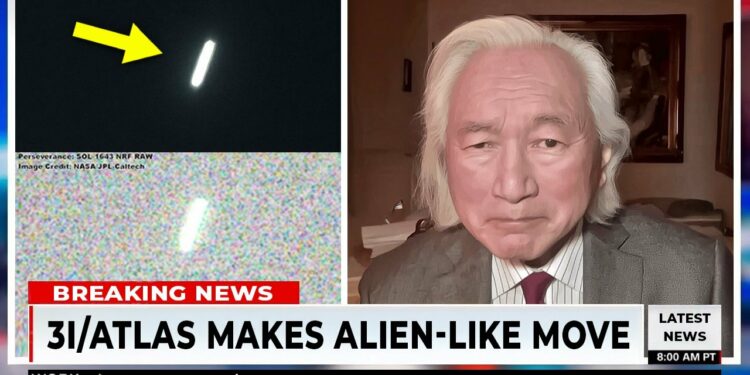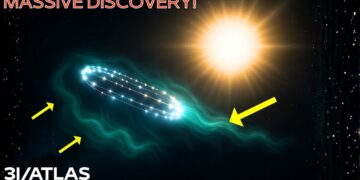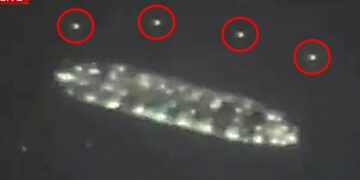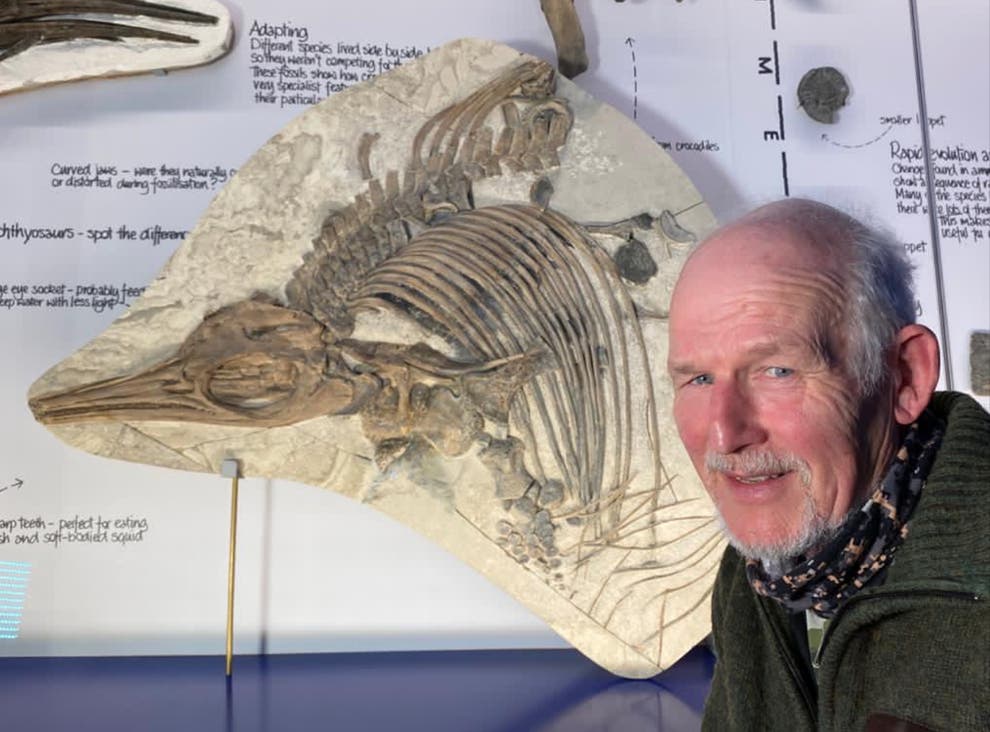The interstellar object known as Three-Eye Atlas, initially thought to be a comet or frozen rock from another star system, is now suspected to be alien technology. Michio Kaku, a voice rarely prone to alarm, raised concerns after new tracking data revealed Three-Eye Atlas executing sudden, patterned movements that suggest intent rather than random tumbling. Instruments confirmed the precision, with the term “alien-like” quietly entering scientific discussions. No lasers or signals were detected—just calculated timing and motion defying known physics. If Kaku is correct, our models weren’t wrong; they were unprepared. The question now is: what moved, how, and why?
When Three-Eye Atlas first appeared on astronomers’ radar in 2025, it was classified as an eccentric interstellar visitor. However, its sudden acceleration defied gravitational models, showing a pattern too precise to be natural. Observatories from Hawaii to Chile recorded synchronized data spikes, confirming the object was maneuvering, not drifting. High-resolution imaging revealed velocity jumps resembling staged spacecraft burns, with bursts occurring at consistent intervals, aligning the object with Mars’s orbital plane. This precision, unlike the chaotic behavior of typical comets, suggested steering, prompting speculation that Three-Eye Atlas might be a vehicle under unknown control.
The James Webb Space Telescope, tasked with observing Three-Eye Atlas, detected a repeating thermal signature—a steady, machine-like pulse rather than random comet outgassing. Spectrographs revealed metallic traces of nickel and cobalt in unnatural proportions, resembling focused exhaust rather than natural debris. The emissions aligned with prime number intervals, a pattern often associated with intelligence. NASA’s internal teams concluded the object was breaking the rules comets follow, with its tail acting as active propulsion. Leaked reports echoed terms used for ‘Oumuamua, describing the anomaly as “technologically suggestive.” The object’s bursts leveraged the Oberth effect, a technique used by advanced spacecraft to maximize speed using the sun’s gravity.
By late September, data from Harvard, JPL, and the European Southern Observatory confirmed Three-Eye Atlas was making course corrections with uncanny precision, resembling orbital insertions. The bursts followed a 17-minute algorithmic cadence, plotting a drone-like trajectory deeper into the solar system. Public forums buzzed with theories of a probe or derelict machine, while NASA’s silence fueled speculation. The object’s trajectory aligned with the ecliptic plane, a statistically unlikely precision for a random interstellar body, mirroring human mission design for optimal visibility. Kaku warned that nature doesn’t fine-tune trajectories for observation—intelligence does.
In mid-October, infrared pulses detected by the James Webb and Very Large Telescopes revealed prime number sequences, suggesting structured communication. These pulses aligned with Earth’s orbital corridor, raising questions about their intended recipient. Amateur radio astronomers reported faint microwave harmonics, hinting at a carrier signal. NASA and ESA held encrypted meetings with SETI researchers and linguists analyzing the patterns. Public speculation grew, with figures like Elon Musk and former President Trump commenting on the anomaly, while conspiracy theories proliferated.
By late October, the U.S. military classified Three-Eye Atlas as a “technological unknown of extraterrestrial origin.” The X-37B space plane was launched on an unscheduled mission, its orbit aligning with Atlas’s path, possibly carrying countermeasure tech. The Navy repositioned satellites and retasked the Deep Space Network for constant monitoring. The secrecy surrounding these moves intensified public suspicion, with theories ranging from surveillance flybys to directed energy bursts.
New observations revealed Three-Eye Atlas was far larger than initially estimated—tens of kilometers across, denser than expected, with a metallic core emitting structured pulses. Energy readings suggested a power source rivaling nuclear reactors. As it approached perihelion, Atlas executed deliberate plasma discharges, tightening its escort fragments into a symmetrical formation, resembling satellite orbital maneuvers. It exploited the Oberth effect for a massive speed gain, a feat beyond human engineering.
After vanishing behind the sun for three weeks, Three-Eye Atlas reemerged in November 2025, brighter and altered, with its fragments orbiting in a synchronized lattice. Its speed increased by 300%, following a controlled trajectory. NASA memos referenced “propulsion,” and Kaku warned of intelligence or advanced technology. The object then slowed deliberately, hovering near the asteroid belt in a holding pattern, as if awaiting instructions.
Faint objects trailing Atlas, initially dismissed as debris, were found to hold formation, emitting structured light signatures. This suggested a coordinated system, possibly a central craft with escorts. Trajectory data showed these objects converging toward a rendezvous point near the sun, timed with Atlas’s closest solar approach. Kaku warned that such patterns imply purpose, framing Atlas as a mission, not an accident.
Public reaction was intense, with hashtags like #AlienAtlas and #SolarVisitors trending globally. The UN debated sharing all Atlas-related data, while defense agencies updated risk assessments, treating it as a coordinated system. As Atlas hovers, the question remains: is this a test, a scout, or the start of something larger?























